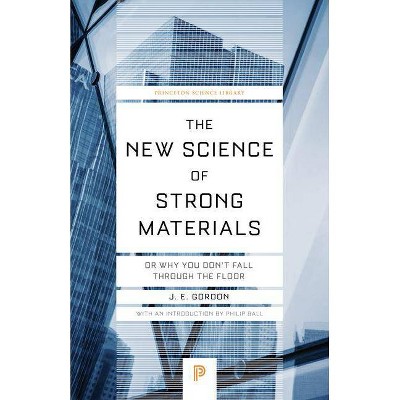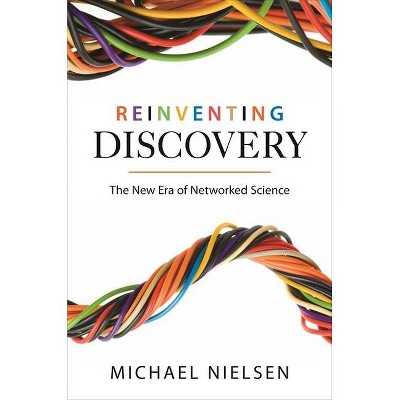The New Science of Strong Materials - (Princeton Science Library) by James Edward Gordon (Paperback)

Similar Products
Products of same category from the store
AllProduct info
<p/><br></br><p><b> Book Synopsis </b></p></br></br><p>J. E. Gordon's classic introduction to the properties of materials used in engineering answers some fascinating and fundamental questions about how the structural world around us works. Gordon focuses on so-called strong materials--such as metals, wood, ceramics, glass, and bone--explaining in engaging and accessible terms the unique physical and chemical basis for their inherent structural qualities. He also shows how an in-depth understanding of these materials' intrinsic strengths--and weaknesses--guides our engineering choices, allowing us to build the structures that support our society. This work is an enduring example of first-rate scientific communication. Philip Ball's introduction describes Gordon's career and the impact of his innovations in materials research, while also discussing how the field has evolved since Gordon wrote this enduring example of first-rate scientific communication.</p><p/><br></br><p><b> From the Back Cover </b></p></br></br><p>"I found Gordon's writing style fascinating; his book reads like a novel, and the technical content is superb."<b>--Enoch J. Durbin, Princeton University</b></p><p/><br></br><p><b> Review Quotes </b></p></br></br><br>I was thoroughly charmed and won over by this book, which I now recommend to all my colleagues.<b>---Daniel C. Mattis, <i>American Journal of Physics</i></b><br><br>Princeton has brought to the public a highly readable treatise on the science of materials that emphasizes the strength of chemical and physical bonds, crystal structure, and cracks.... The author admits the necessity of being highly selective in the materials he can discuss so broadly, but he ably presents chemical and physical problems and how they have been solved in an orderly fashion, and he shows that the strength of materials is influenced as much by their environment and loading systems as by their own structures and shapes.<b>---S. W. Dobyns, <i>, Science Books and Films</i></b><br><p/><br></br><p><b> About the Author </b></p></br></br><b>J. E. Gordon </b>(1913-1998) was a founder of materials science and biomechanics. He was the author of <i>Structures: Or Why Things Don't Fall Down</i> and <i>The Science of Structures and Materials</i>. <b>Philip Ball</b> is a science writer whose work has appeared in <i>Nature</i>, <i>New Scientist</i>, the <i>New York Times</i>, and the <i>Guardian</i>, among others.
Price History
Price Archive shows prices from various stores, lets you see history and find the cheapest. There is no actual sale on the website. For all support, inquiry and suggestion messagescommunication@pricearchive.us




















